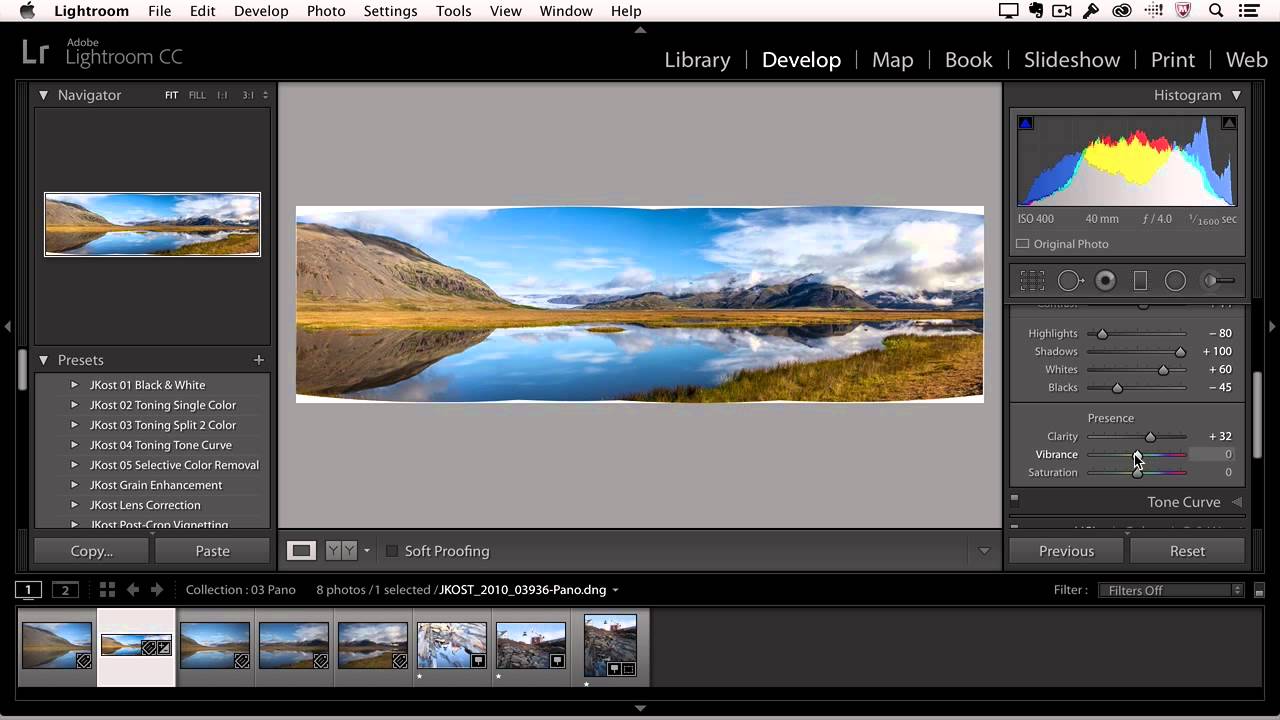
WHAT NEW IN LIGHTROOM 6.2 ISO
One of the most challenging things with night photography is that you have to crank up the ISO so high that the area between the stars begins to look gray instead of black. As I was flipping through my photos looking for shots with large areas of low contrast (haze), I saw a photo I had of the milky way and I got curious about how it would do.Īs soon as I got to test the tool, I anxiously tried it and I was AMAZED! Right after the Adobe press event where dehaze was announced, I was still under an NDA so I couldn't talk about it, but I got a bunch of photos in my Lightroom library ready to test the new dehaze slider. Dehaze is perfect for reducing noise in night sky images. If you add contrast or use the blacks slider, it's much better but the sky seems a little TOO dark. Bingo! Noise reduction looks terrible on this 100% crop of a night sky. That's where the dehaze tool shines–adding contrast to large patches of middle gray. It's much more interesting to have a gradient of gray to add interest to that spot in the photo.

WHAT NEW IN LIGHTROOM 6.2 PATCH
If there is a large patch of middle gray in the photo, it looks boring. Often, what a photo needs, especially a black and white photo, is to add contrast just to one tone. The problem with most contrast is that it is either haphazard (contrast slider) which makes the whites whiter and the blacks blacker without giving you any ability to choose which specific tones to brighten or darken, or it is more defined but still global (using the tone curve to dial the contrast in for just the right shades. It targets the boring spots! Unbelievably Gorgeous Black and Whitesīlack and white photos usually need a lot of contrast to look good. This adds contrast in a way that no other tool really can. Instead, it targets large patches of middle gray like some areas of his skin, and the concrete wall to the right side. But the dehaze slider doesn't touch that. If the contrast slider were used on this photo, it would have brightened the white reflections on his head. It's important to understand what the dehaze slider does that contrast does not. It's the contrast in tones that is the issue. But we're not concerned with global exposure here. Some people will like the deep dark mood, and some people won't. In fact, I'm using it many many of the Lightroom presets that I'm putting together for this year's Lightroom Steal on Black Friday (end of November). I use it for all kinds of things that have nothing to do with haze, but make a profound impact. The Dehaze tool has changed a lot of the way that I use Lightroom and Photoshop now. If you ADD something called DEhaze, what happens? They really should have just called it the “haze filter”, not “dehaze” since you can slide both ways. Similarly, you can enhance some fog by adding haze (although I haven't found this to be as effective).Īlso, random question. If you have a photo with some low-lying fog in the picture that is ruining the detail in the background, a lot of it can be removed by using the dehaze slider.


The purpose of the dehaze tool in Photoshop and Lightroom is to either add or remove atmospheric haze from a photo.

But while the slowness has been driving me absolutely insane, I also feel like tipping my hat to the genius Adobe engineers who released the “Dehaze” tool only a few months ago. I've been pretty critical of Adobe lately and the litany of bugs in Lightroom that have slowed its performance to a near halt. I'm really excited for this new feature, as I've been loving dehaze! Recently, Adobe announced that Lightroom 6.2 adds local adjustment capabilities with the dehaze slider.


 0 kommentar(er)
0 kommentar(er)
